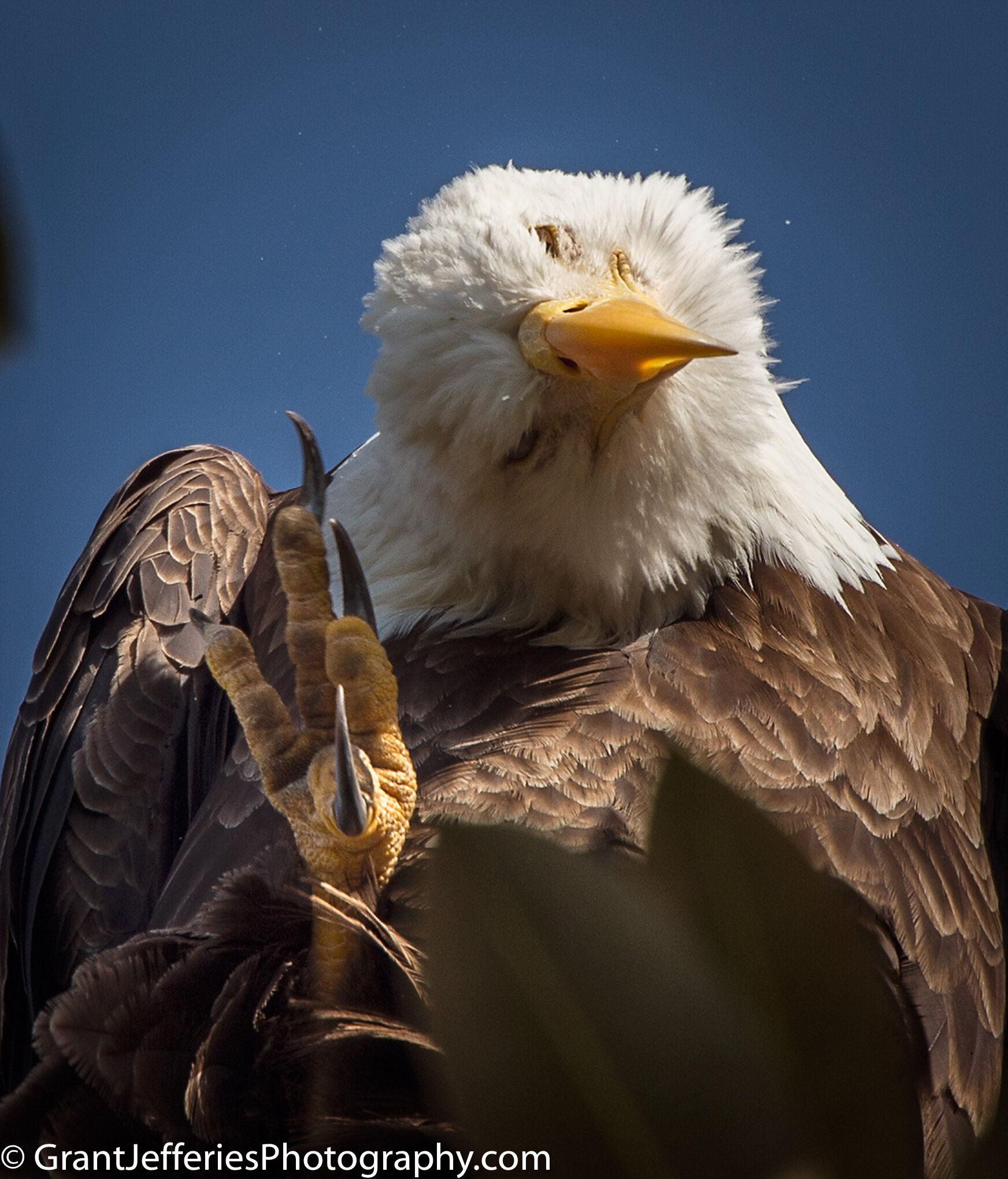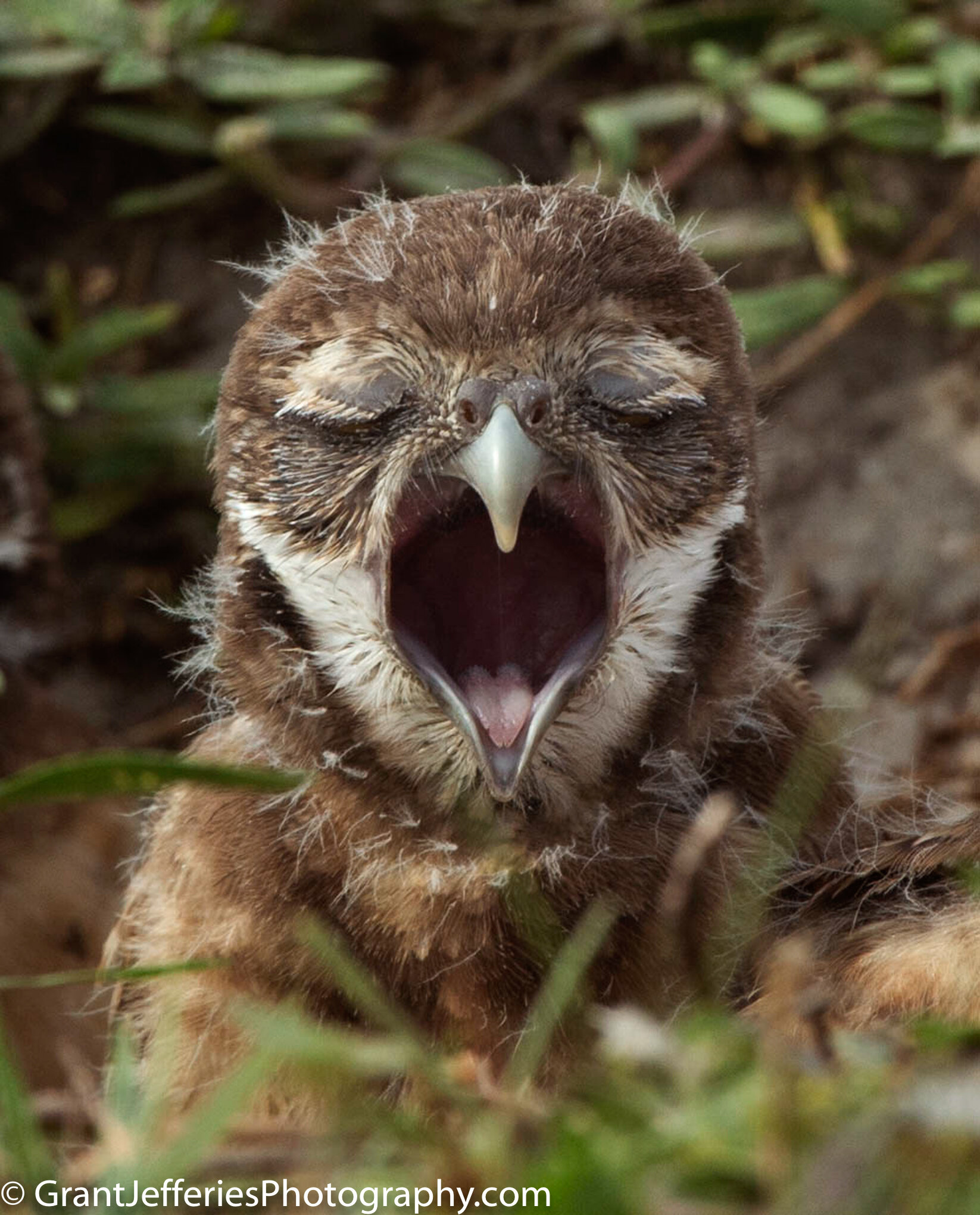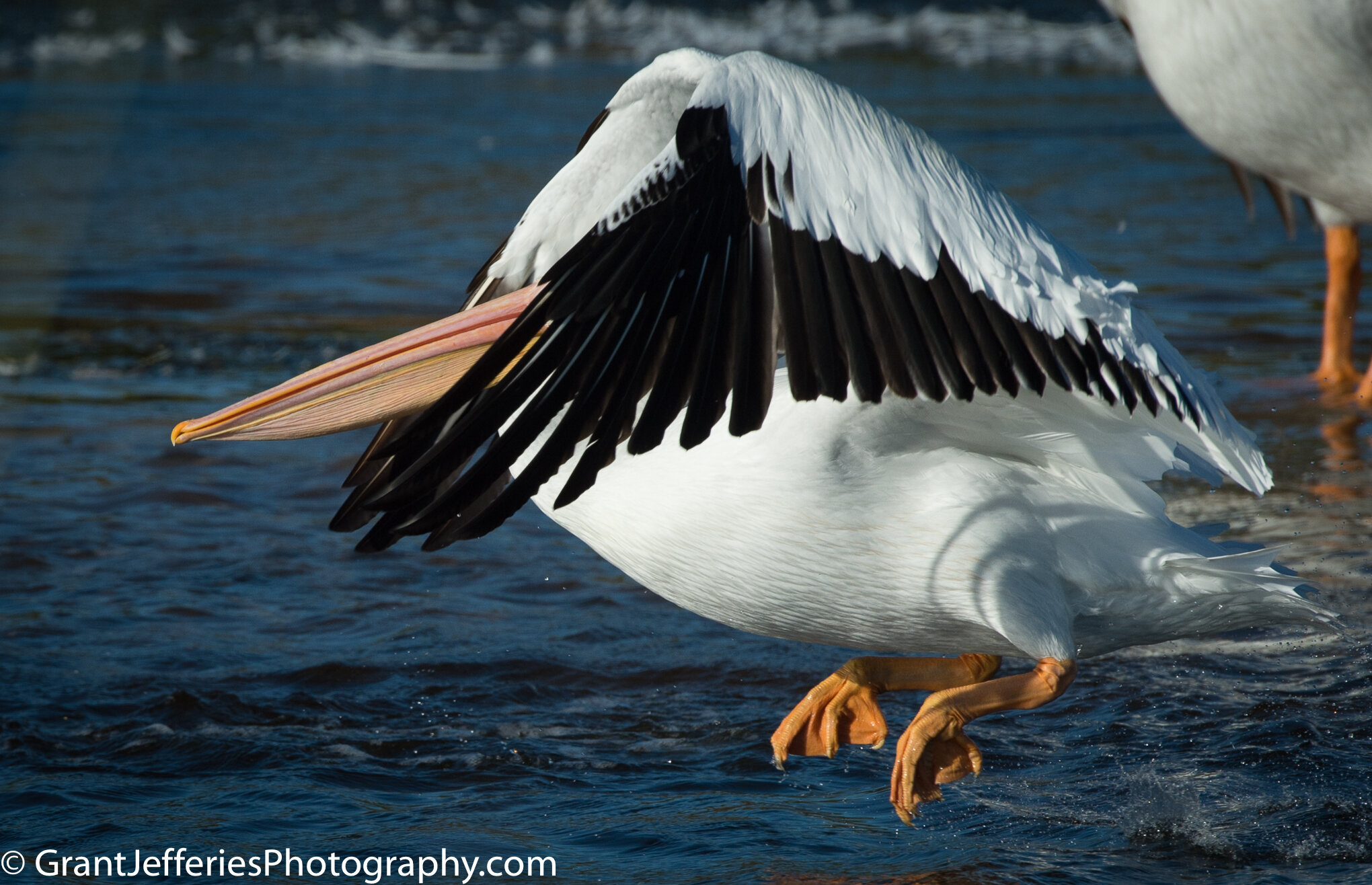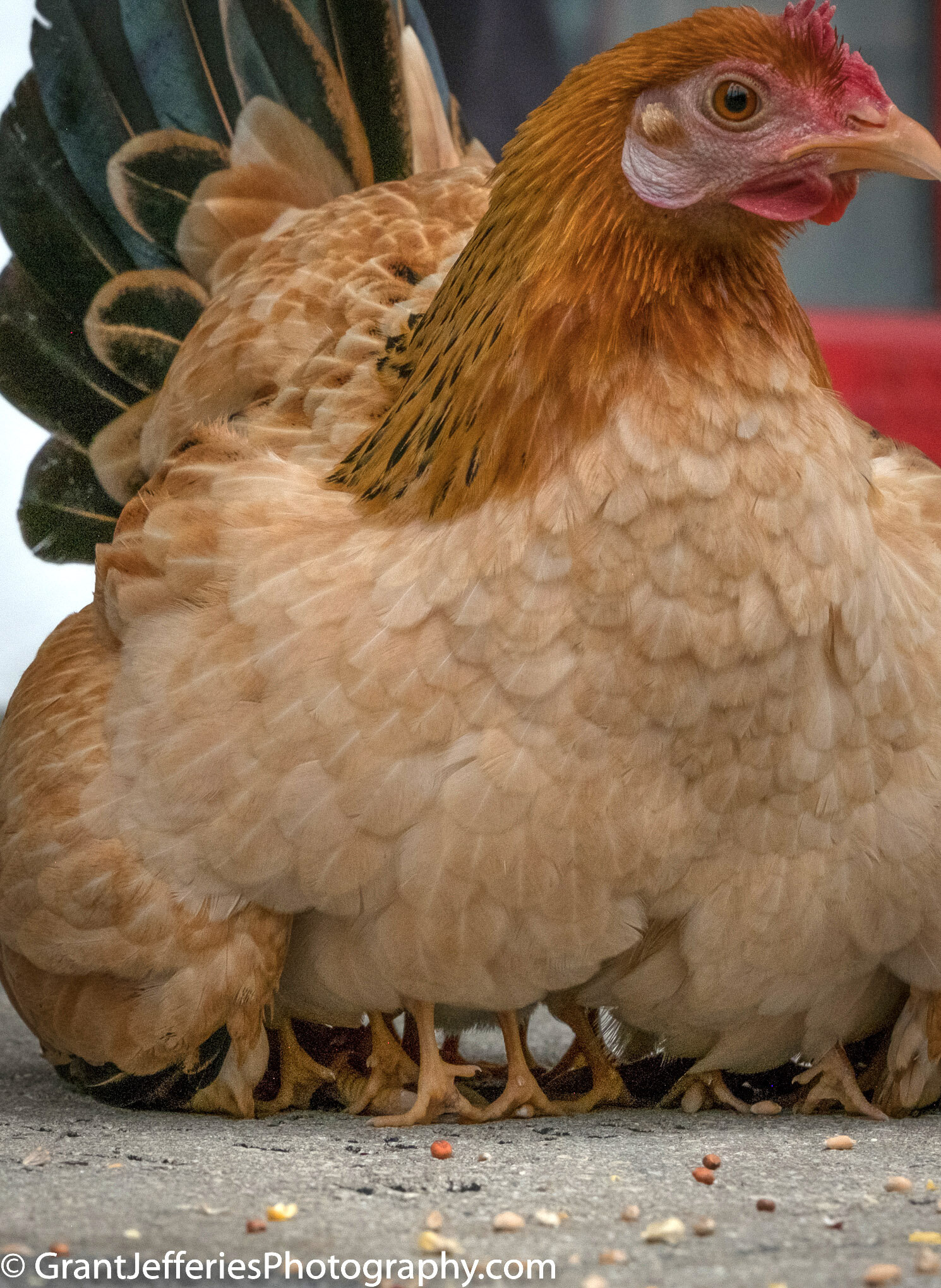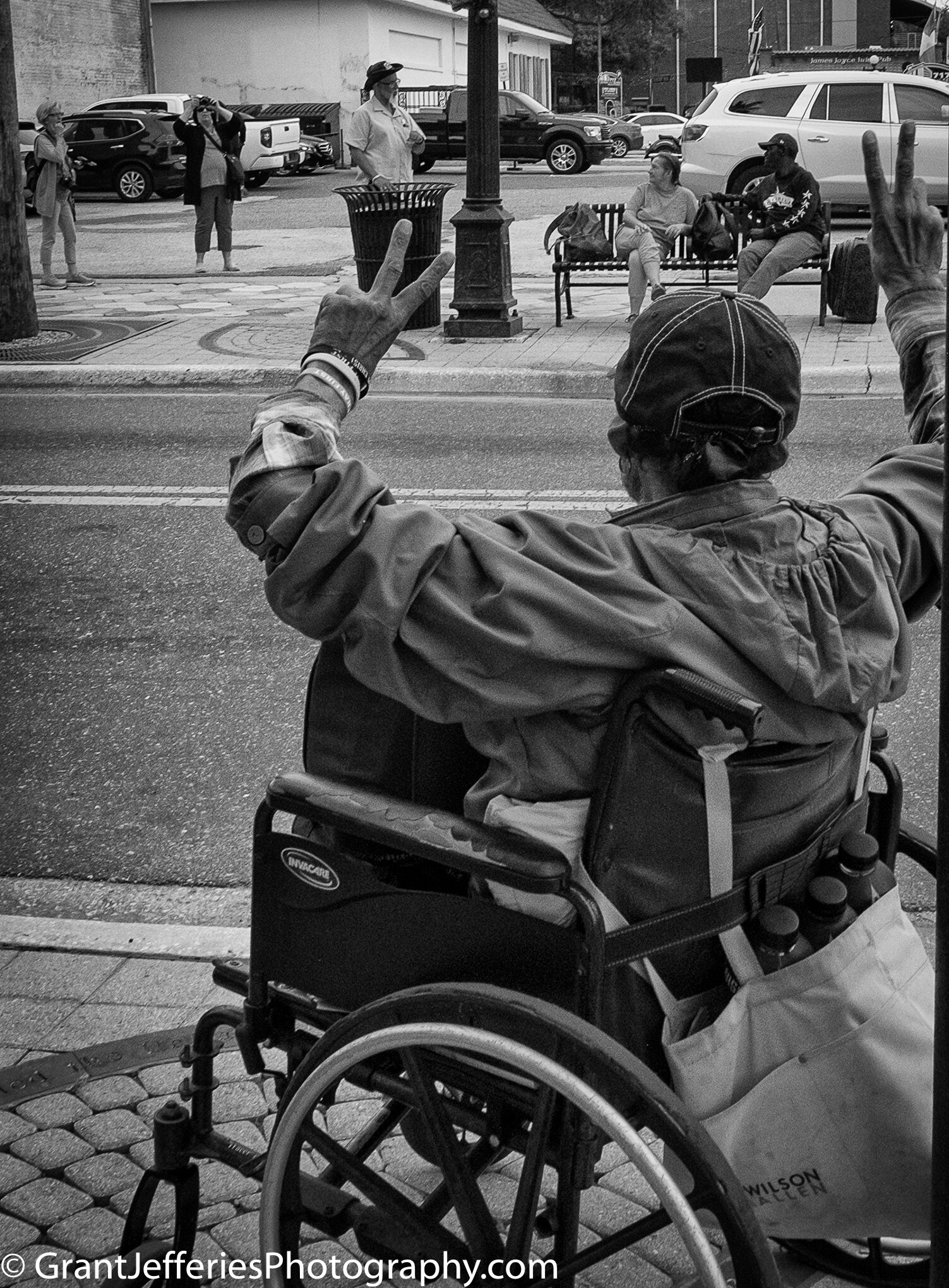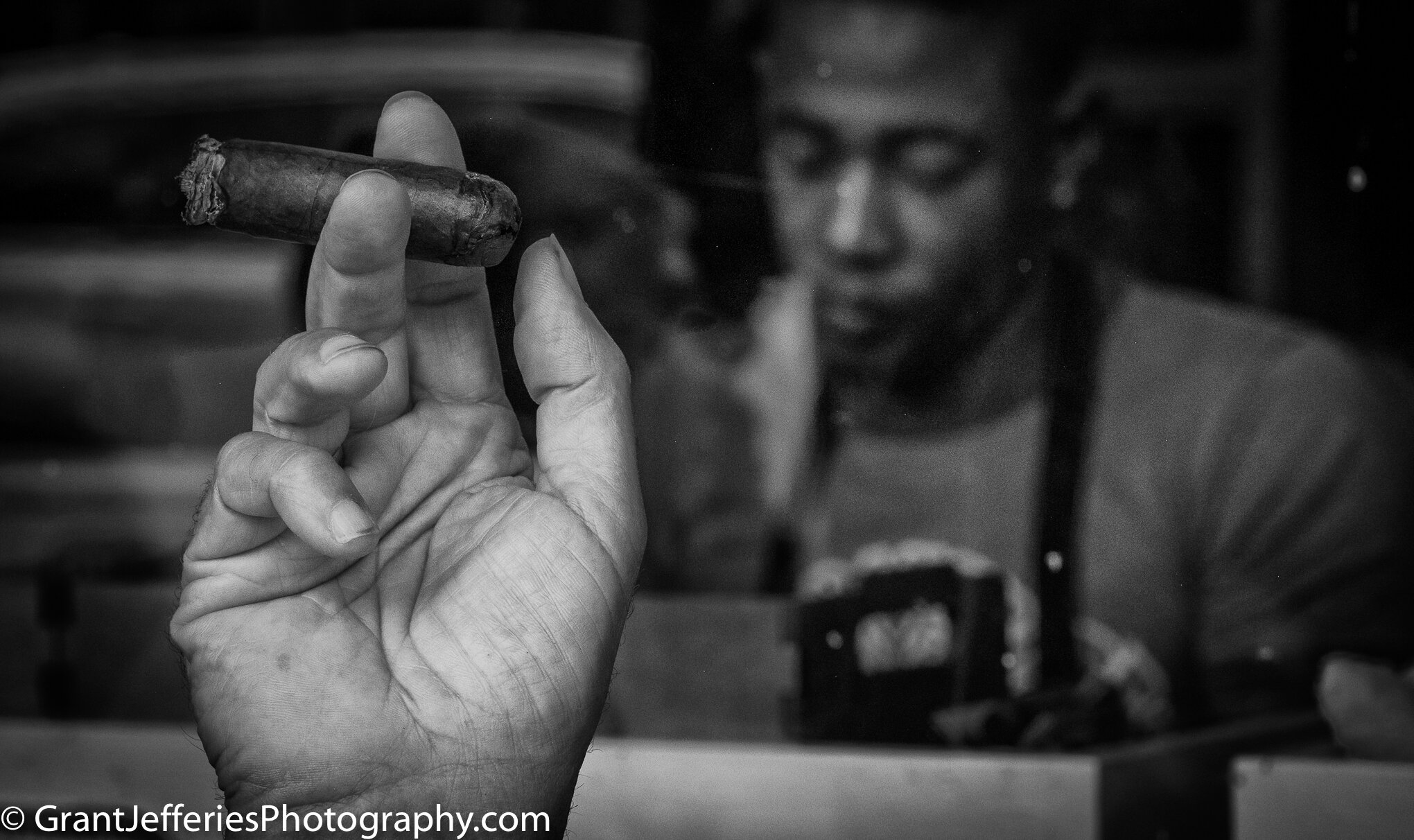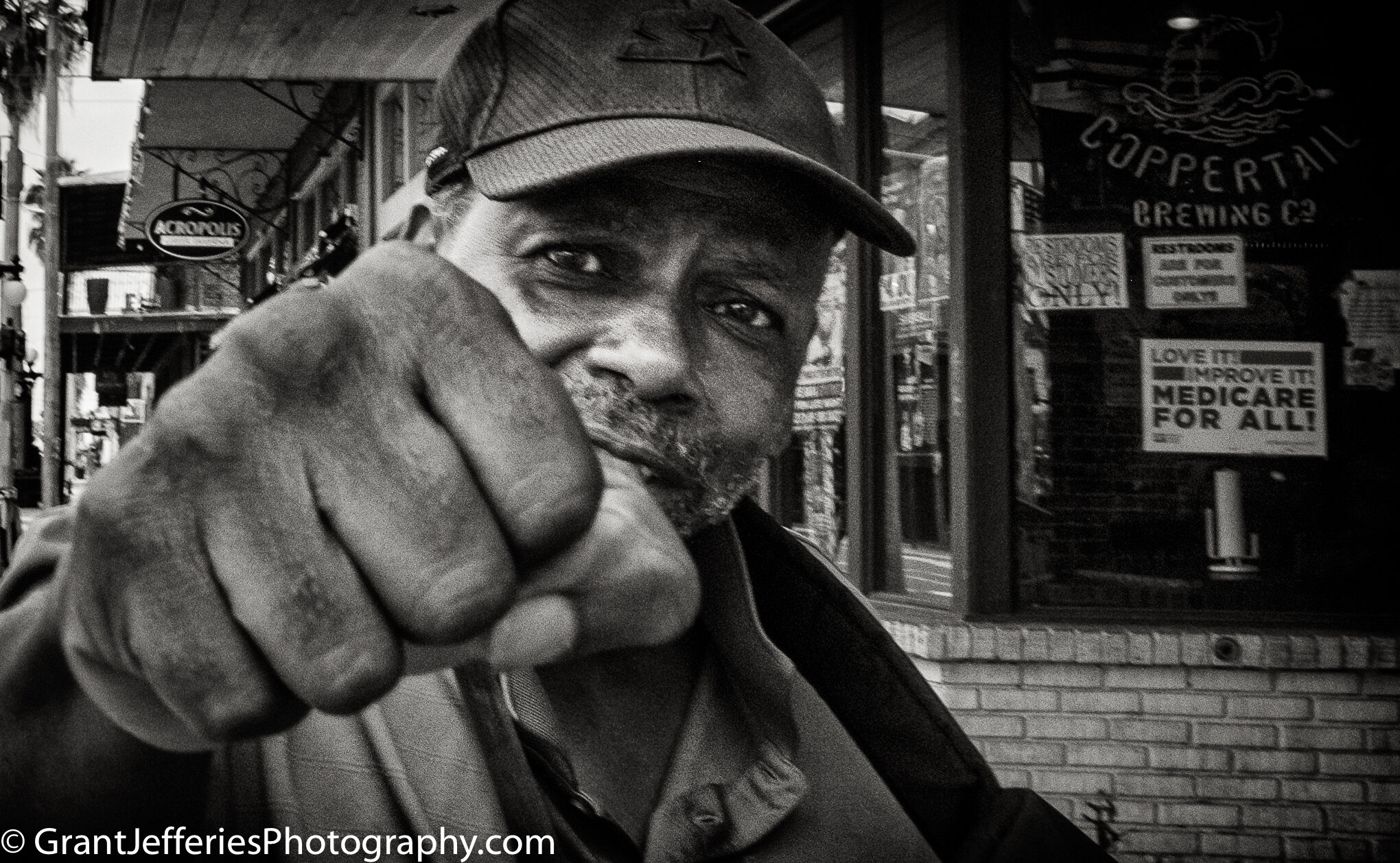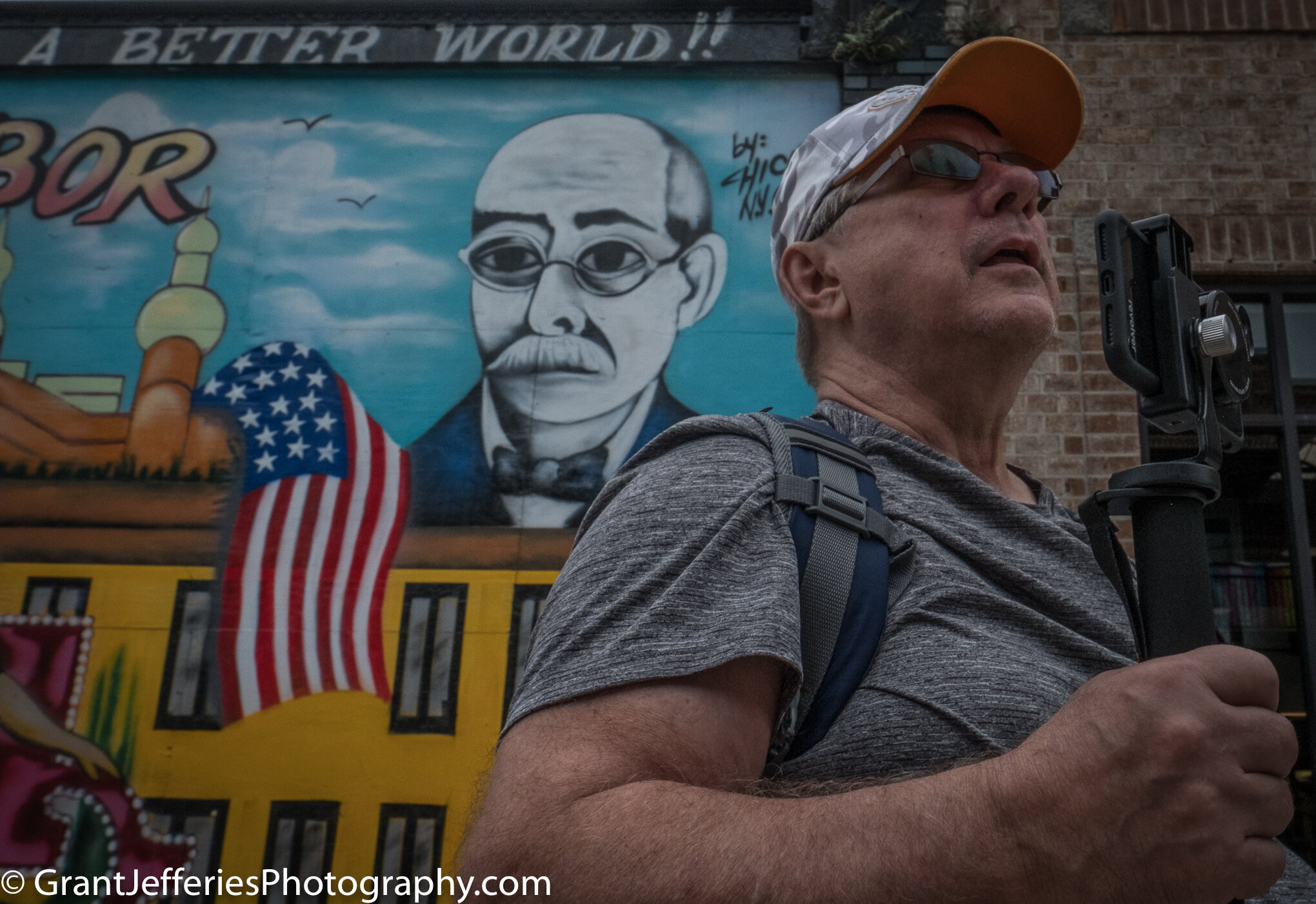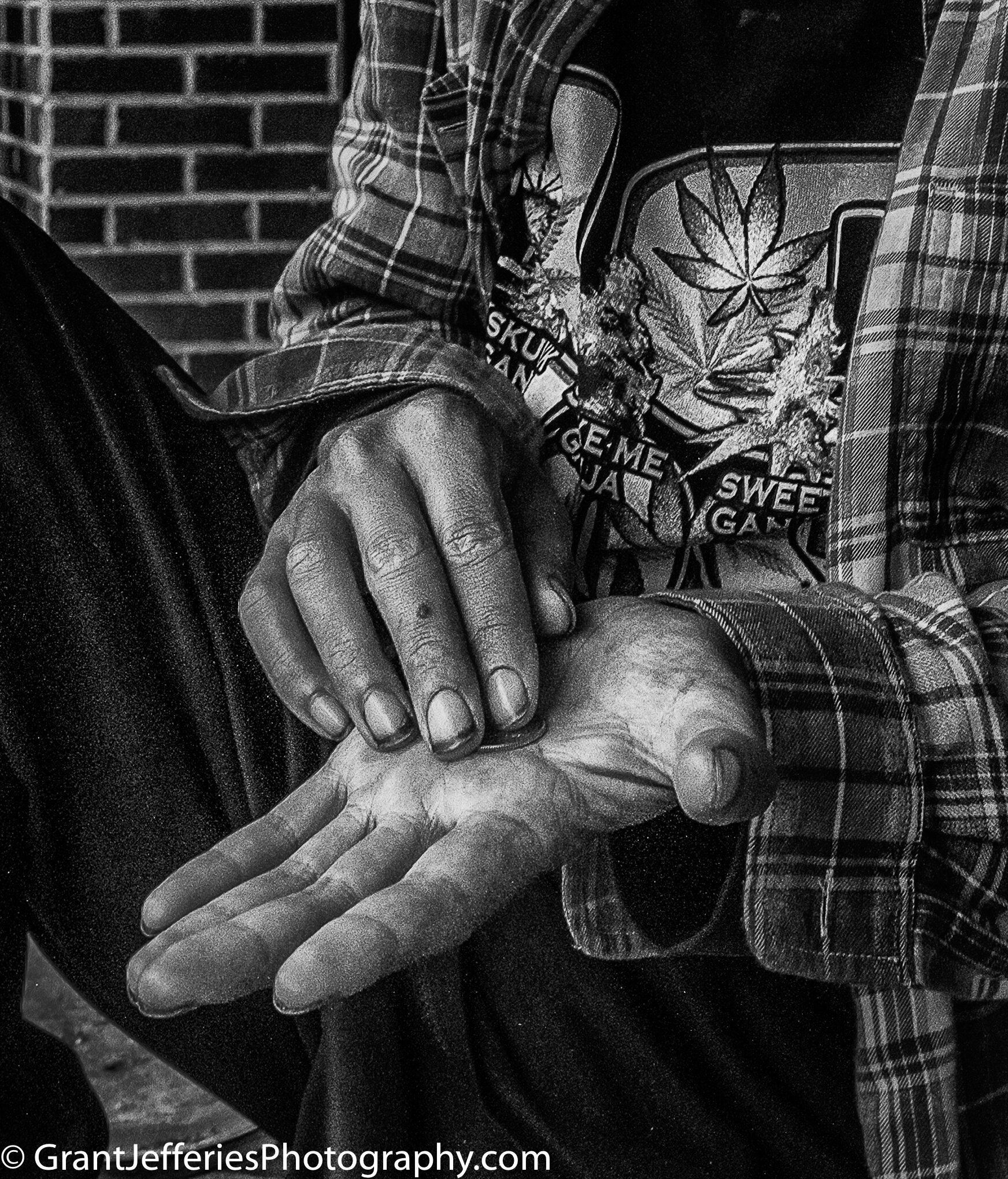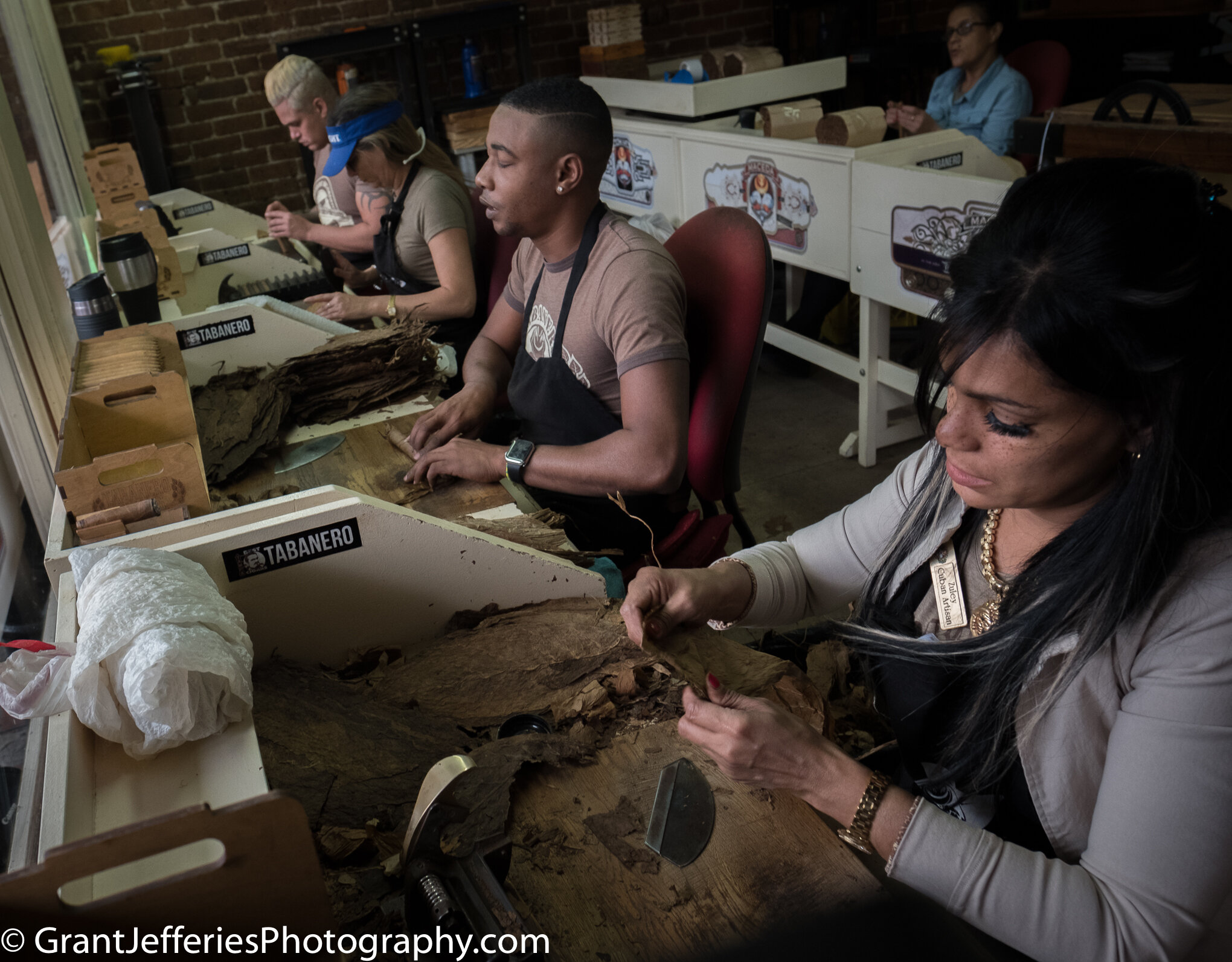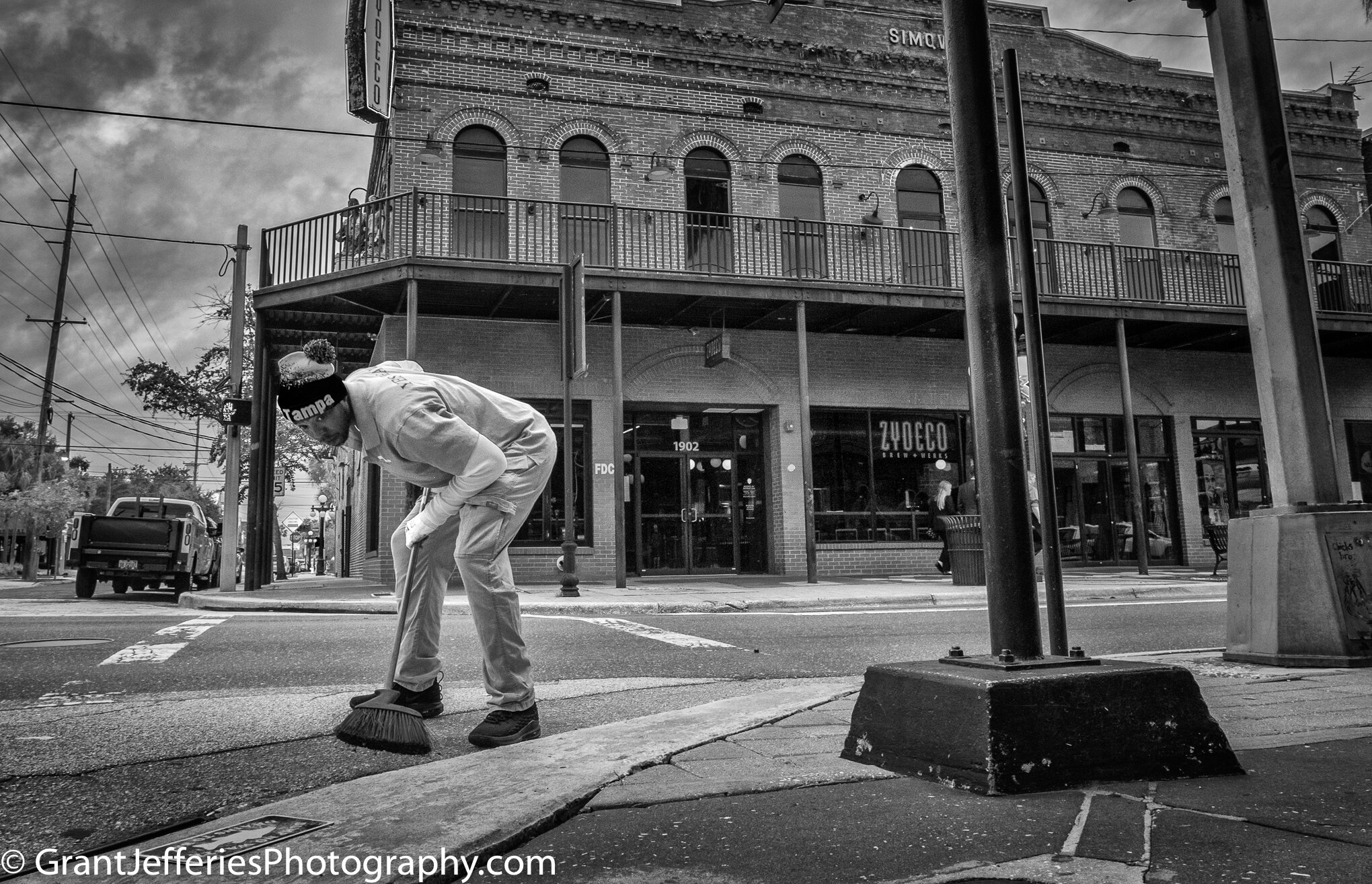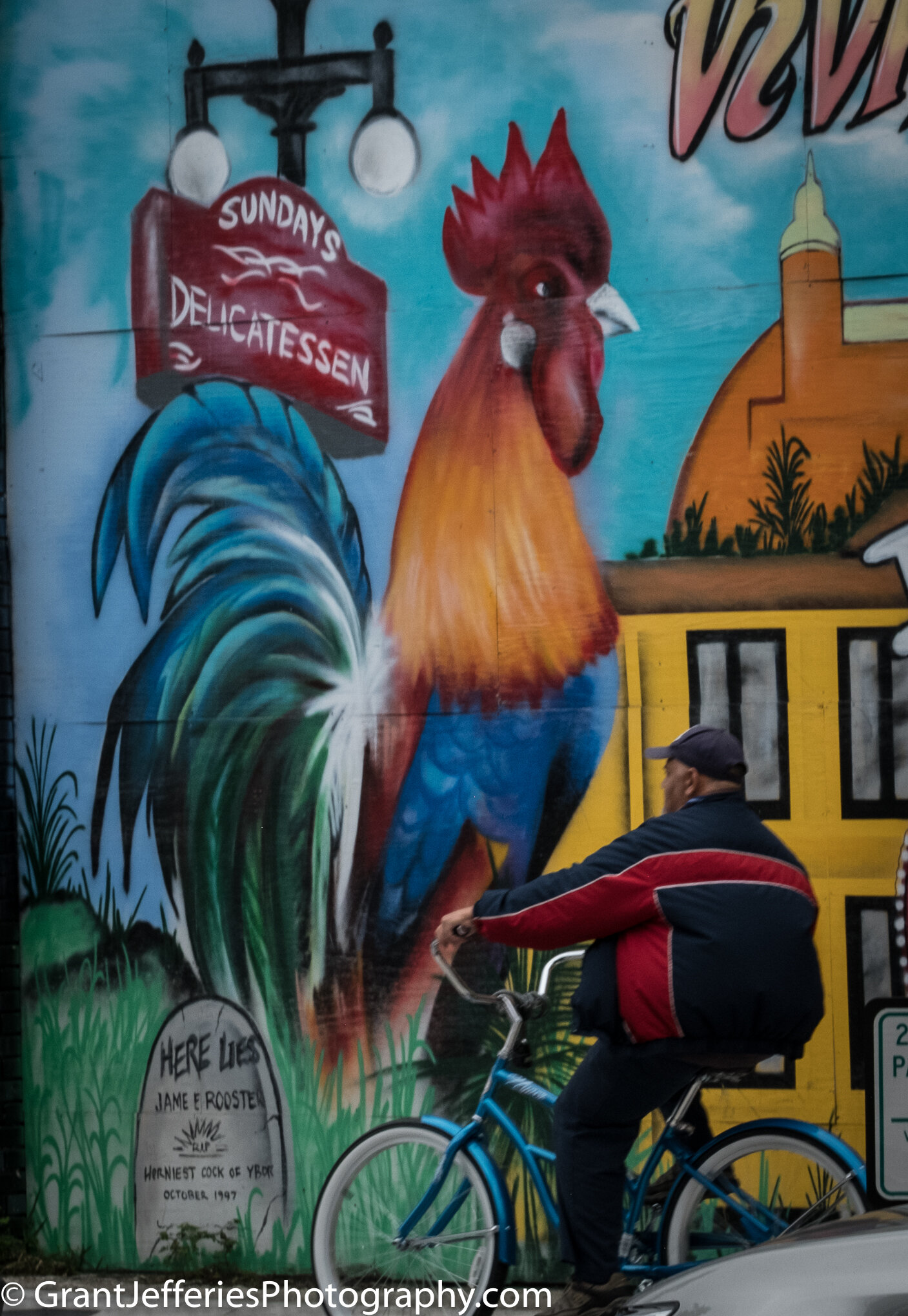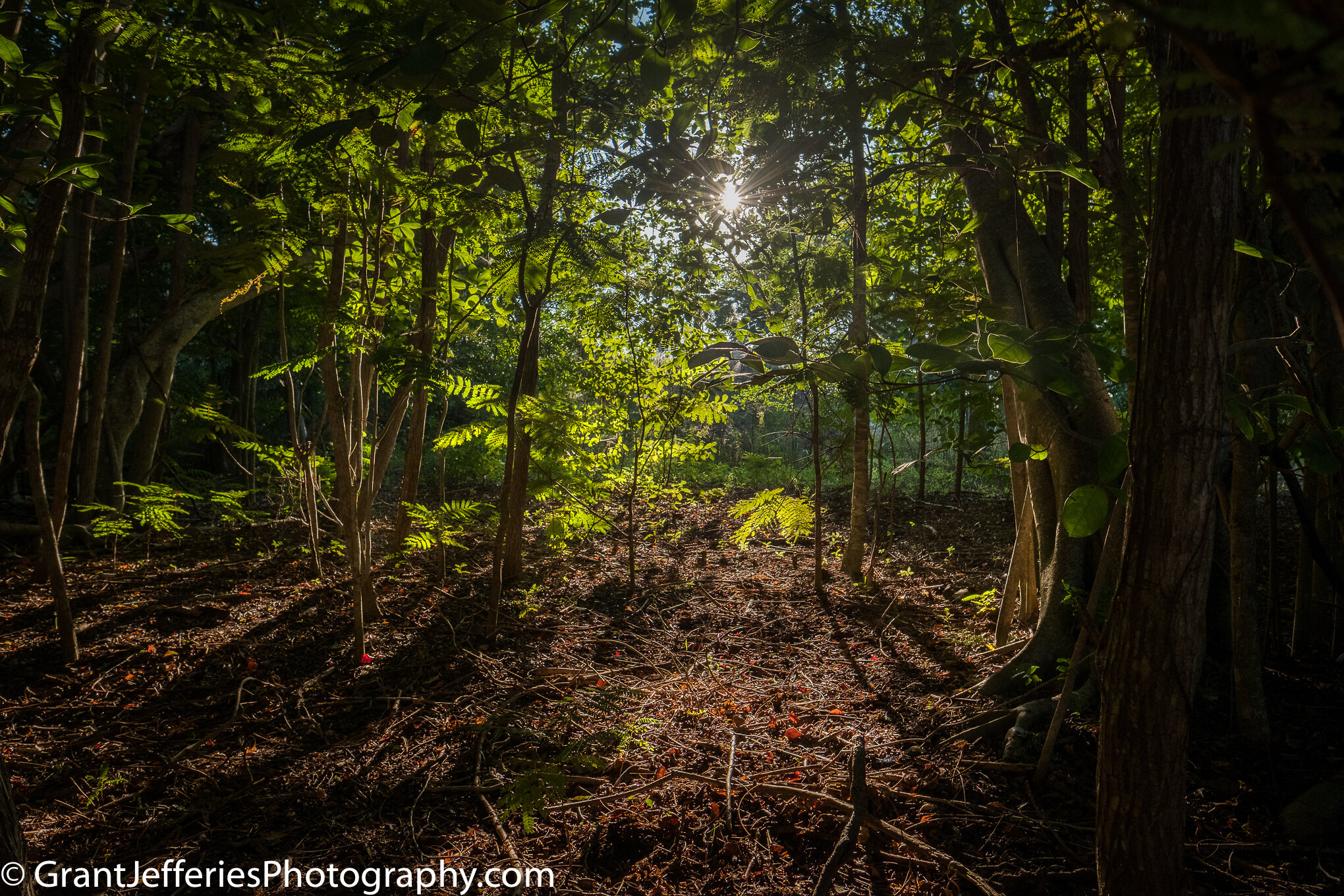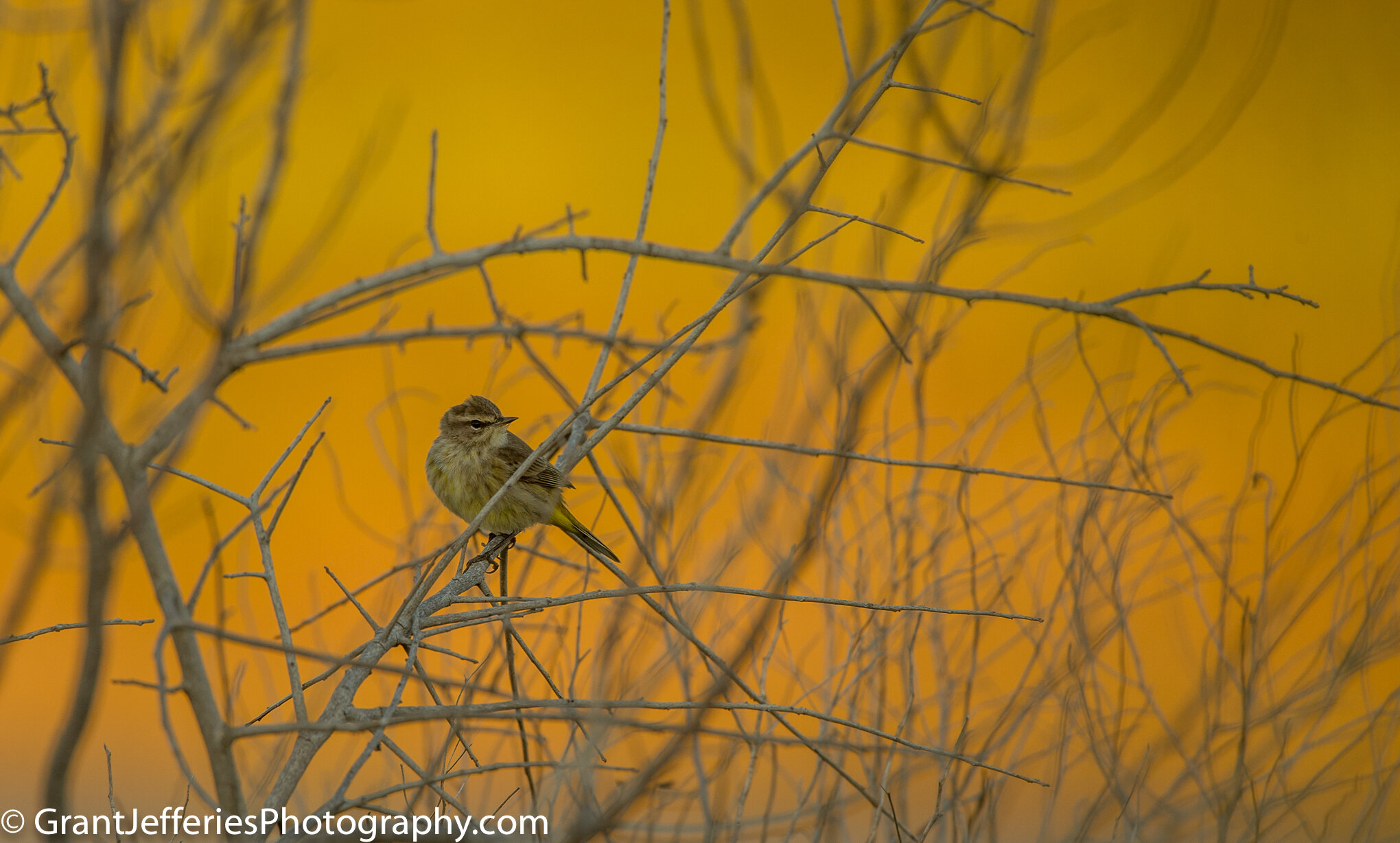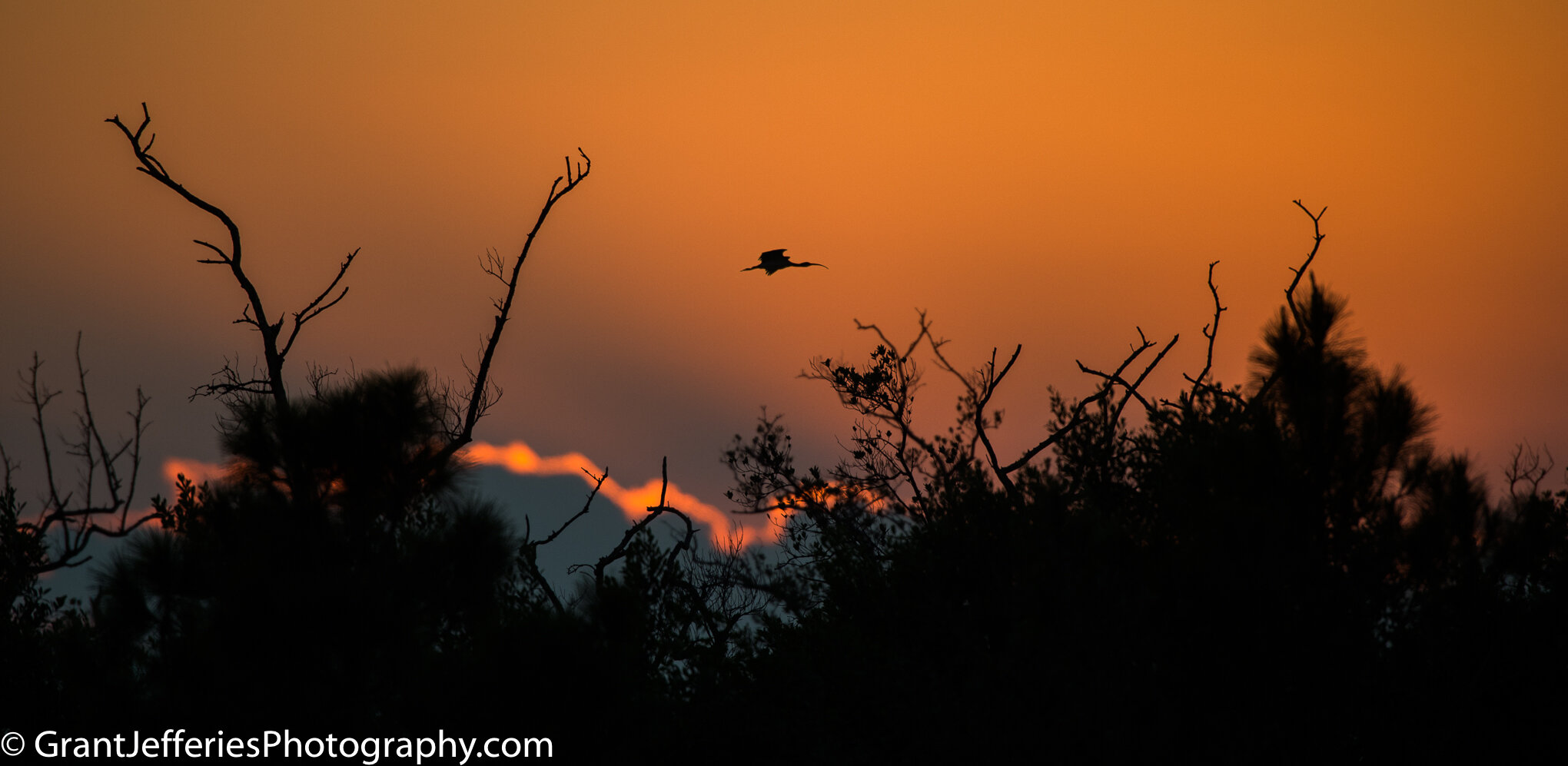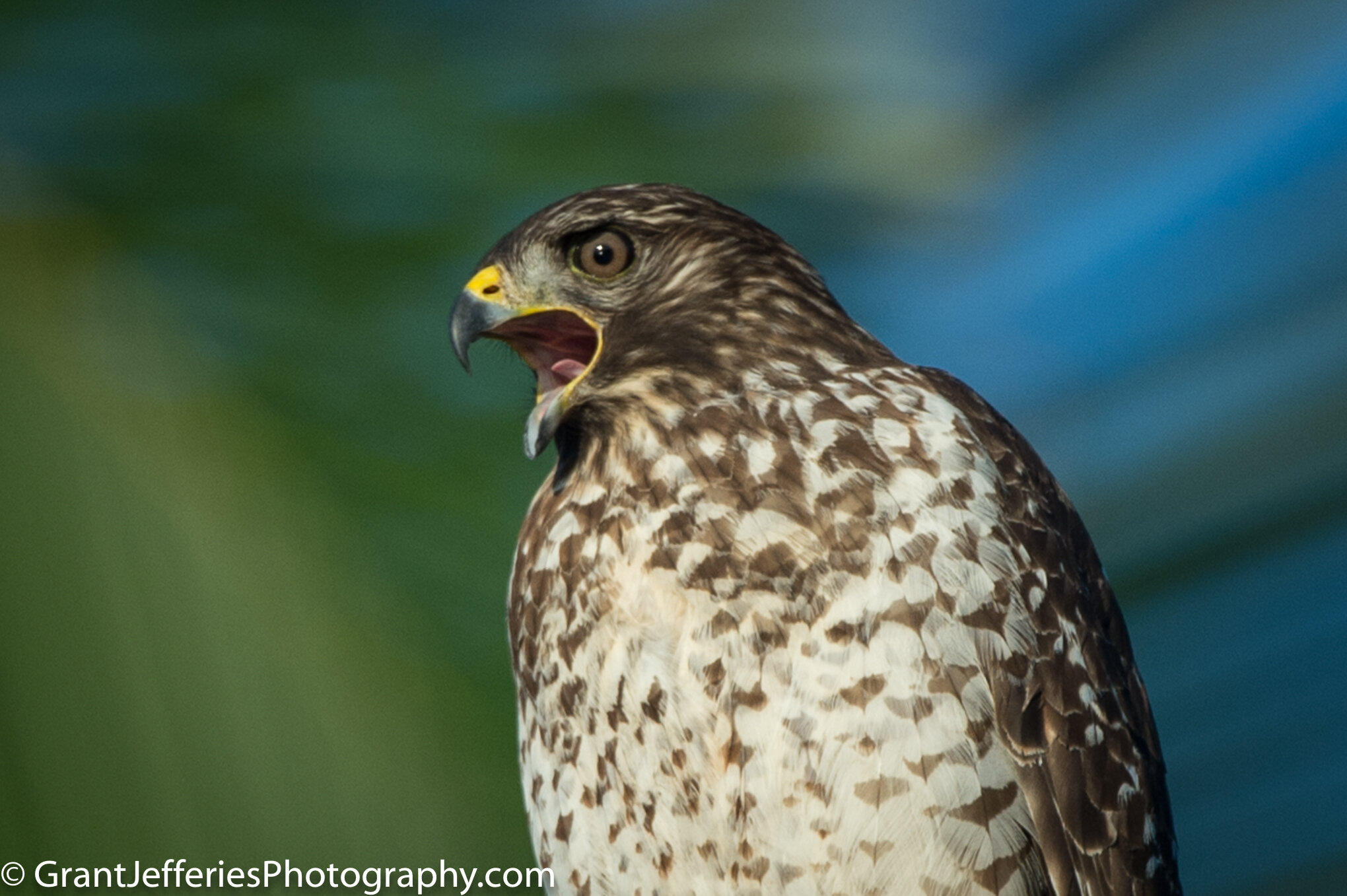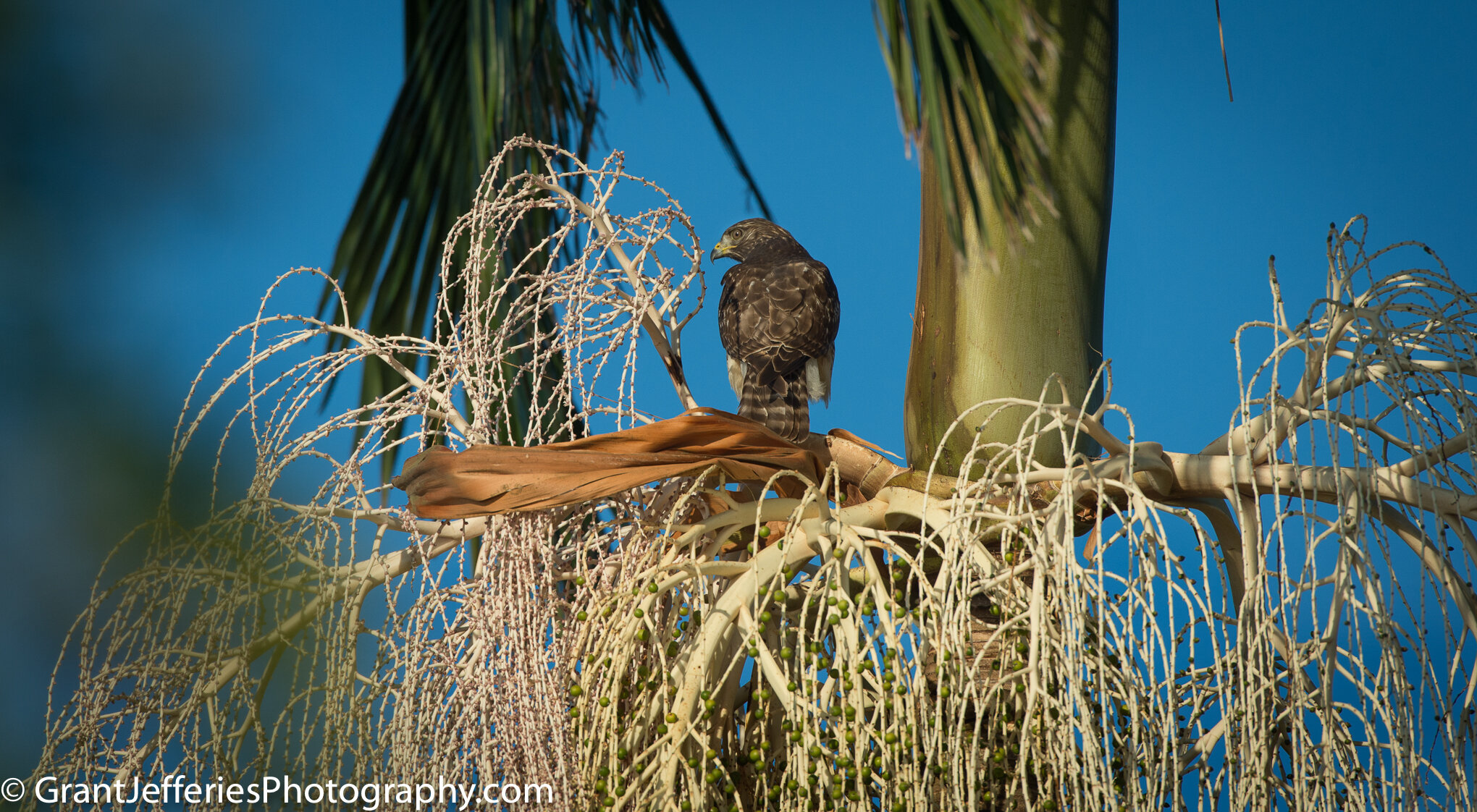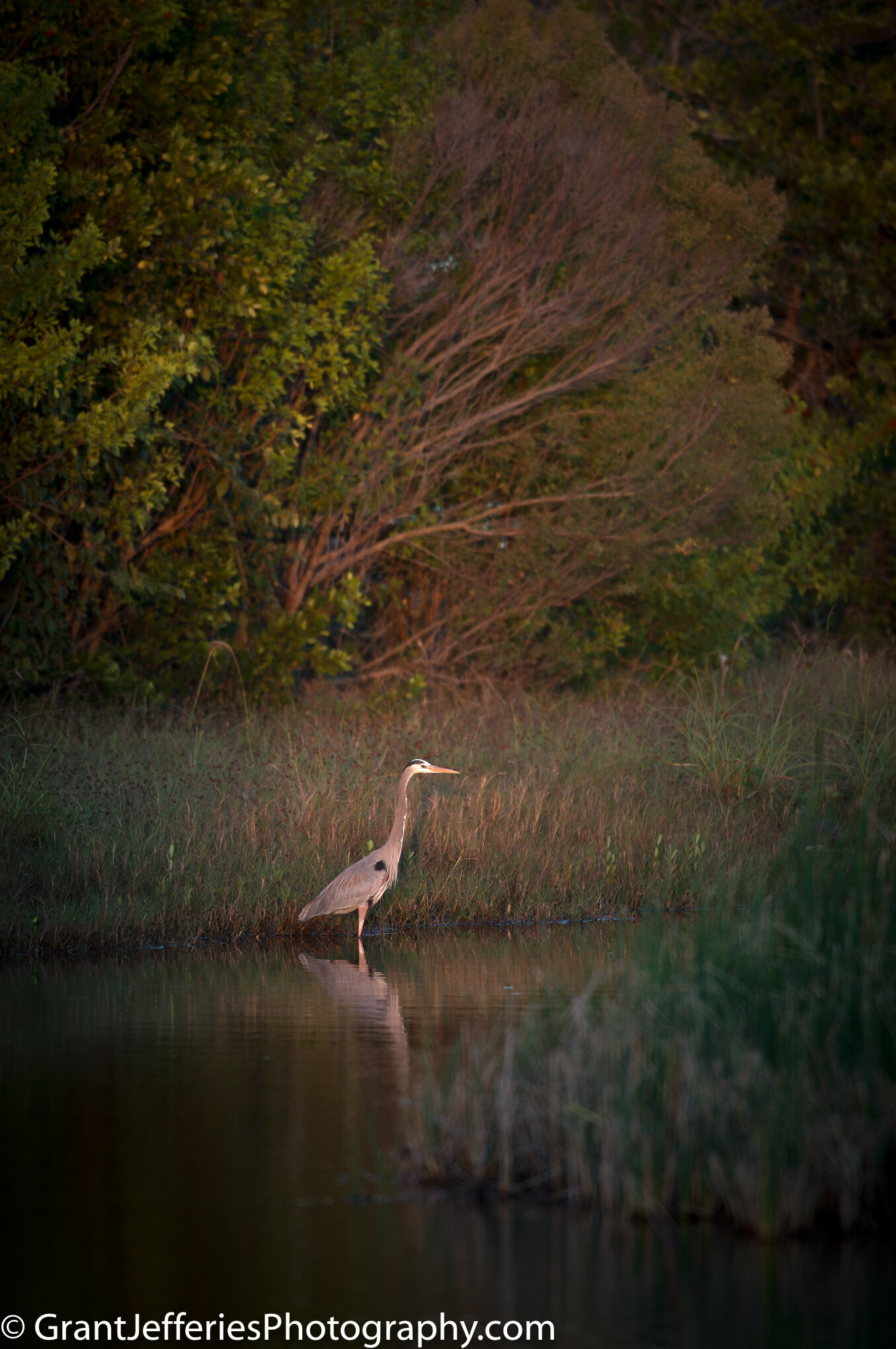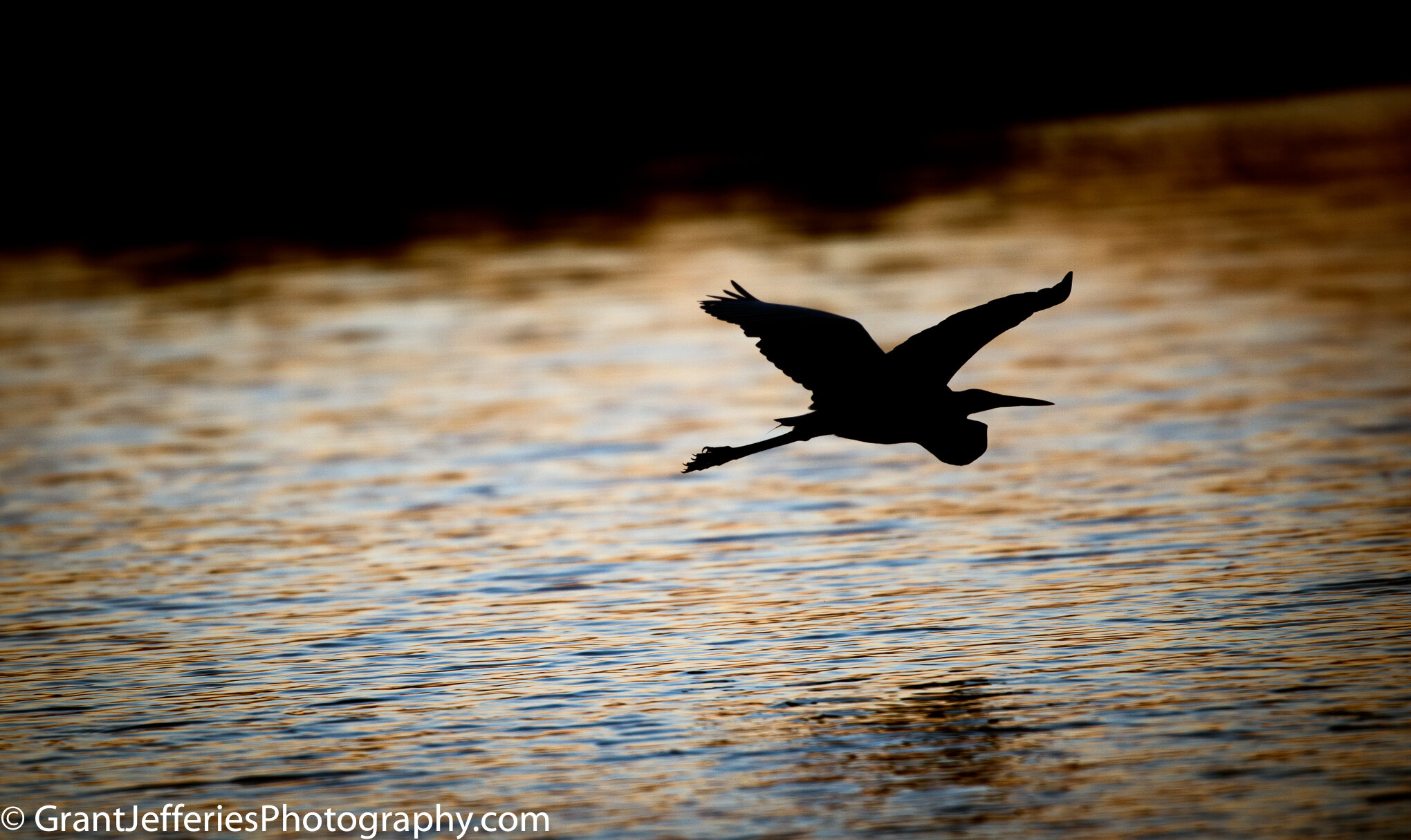I’m leading a workshop on street photography this month and as part of my preparation to the class, I went through some old feature photos I took during my 30 years at the local newspaper. it has been a fun trip through memory lane. It’s also been eye-opening to see the things that have changed in the landscape over the years.
“Street Photography,” has a close relationship to documentary photography and photojournalism, It should tell a story, evoke an emotion and freeze a moment. It defines place and time. As I look at the street photography I have done before and since I left the newspaper, my favorite photos are the ones that tell a story in one frame.
First I should start with what I am talking about as “Street Photography” in this class. There are different kinds of street photography, but for me, it’s simply what I did as a photojournalist, to document every day life. It’s the stuff everybody sees, but don’t always pay attention to and a good photograph can make people stop and take notice.
Much of my more recent street photography has come from traveling. But you don’t have to travel to get great photos. Actually, by shooting photos locally, I have an intimate connection with where I live. Documenting local people and places can be eye-opening and Florida’s towns and its people have as much to offer in the way of storytelling as any other place in the world. Don’t miss out.
The things that make this type of photography interesting are universal. The first thing is people: their faces, their eyes, their actions. I love people-watching. We are interesting creatures. I also enjoy seeing people interact. Those moments tell stories and if you watch long enough, you are sure to see a story unfold.
The environment also is an important part of street photography — whether it’s the other people or animals around the action, or the colors, or the textures, the statues and art or the weather — these different elements add to the story telling and can make the viewer interpret what they see. I will admit I was surprised about what the photographers in my workshop saw in the photos and the questions they asked about each moment.
There is so much to consider when taking a photograph, that the more you take your time to watch, the better your photo will be. For me it is key to visualize, anticipate what could happen, and prepare for that moment. It all takes practice. But that’s the fun (and sometimes frustrating) part. The more you get out there and take photos the better your stories will be and the easier it will be to visualize and then anticipate your shots.
Also it is important to blend in with the crowd. If you want true documentary photos, sometimes you have to be part of the crowd that everyone sees but largely ignores. The more you go unnoticed the more you can catch people being themselves.
I believe It is ok to go up to people and introduce yourself and tell your subjects that you are working on a street photography project, especially if there are certain photos you want to get. Most people are flattered that you find them interesting. Yes sometimes you will get posed photos, but most times, people will eventually be themselves, even though you are there. Also if someone says they really don’t want you to take their photo, I would be respectful of their wishes.
I’ll be heading up to Ybor City with my workshop students and they’re going to test out my advice, and as always, if you have any tips or great locations for street photography, please feel free to share them in the comment section below.

